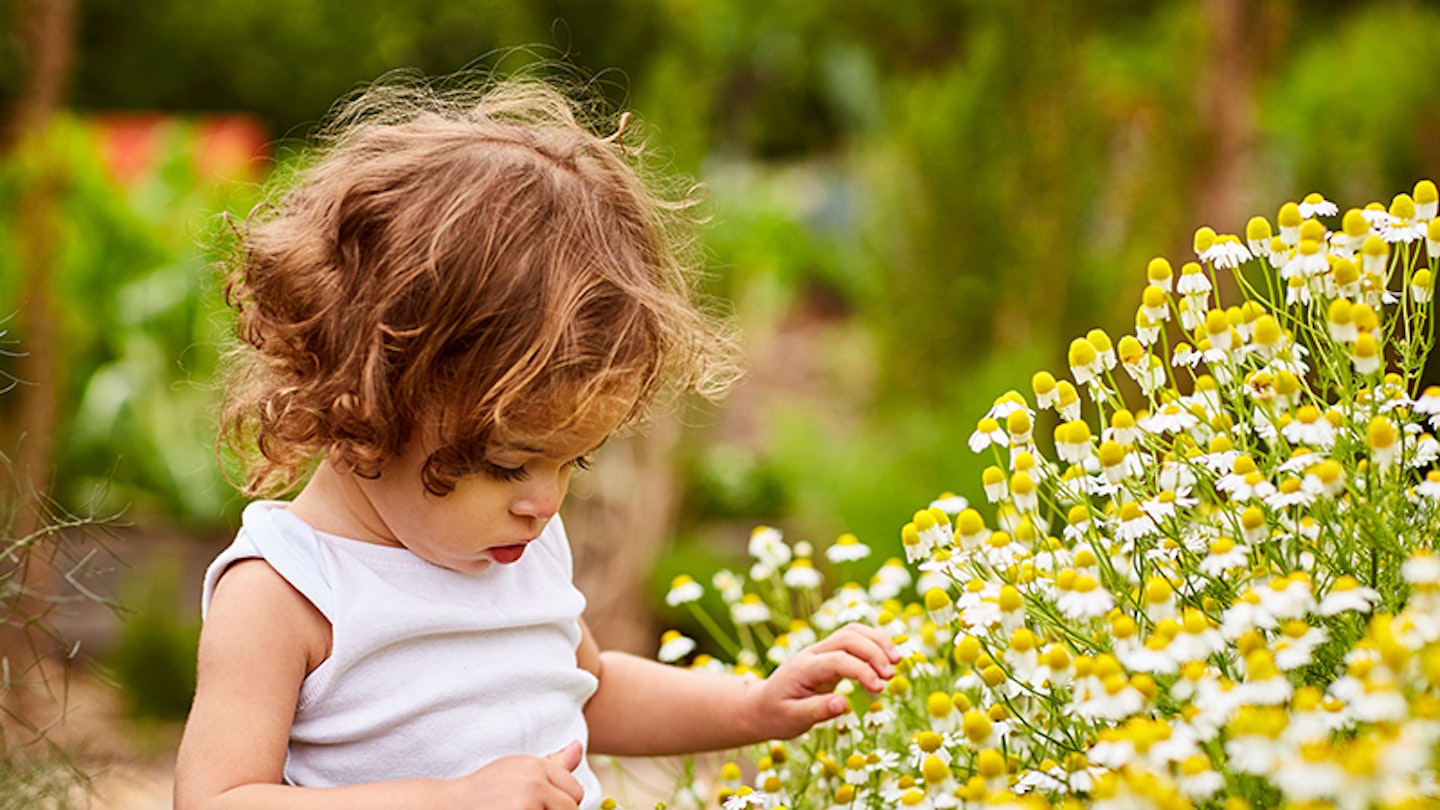Each new season brings with it something new; diverse textures, a variety of smells and exciting new sights, completely different from the season it left behind.
No matter the weather, your little one will likely be bouncing off the walls to get outside and closer to nature, so you'll need to some fun garden activities to help them explore their ever-changing environment.
Here are a variety of sensory activities to share with your family to spark your baby and/or toddler’s imaginationand help them learn more about the natural world using their senses.
1) Nature Walks
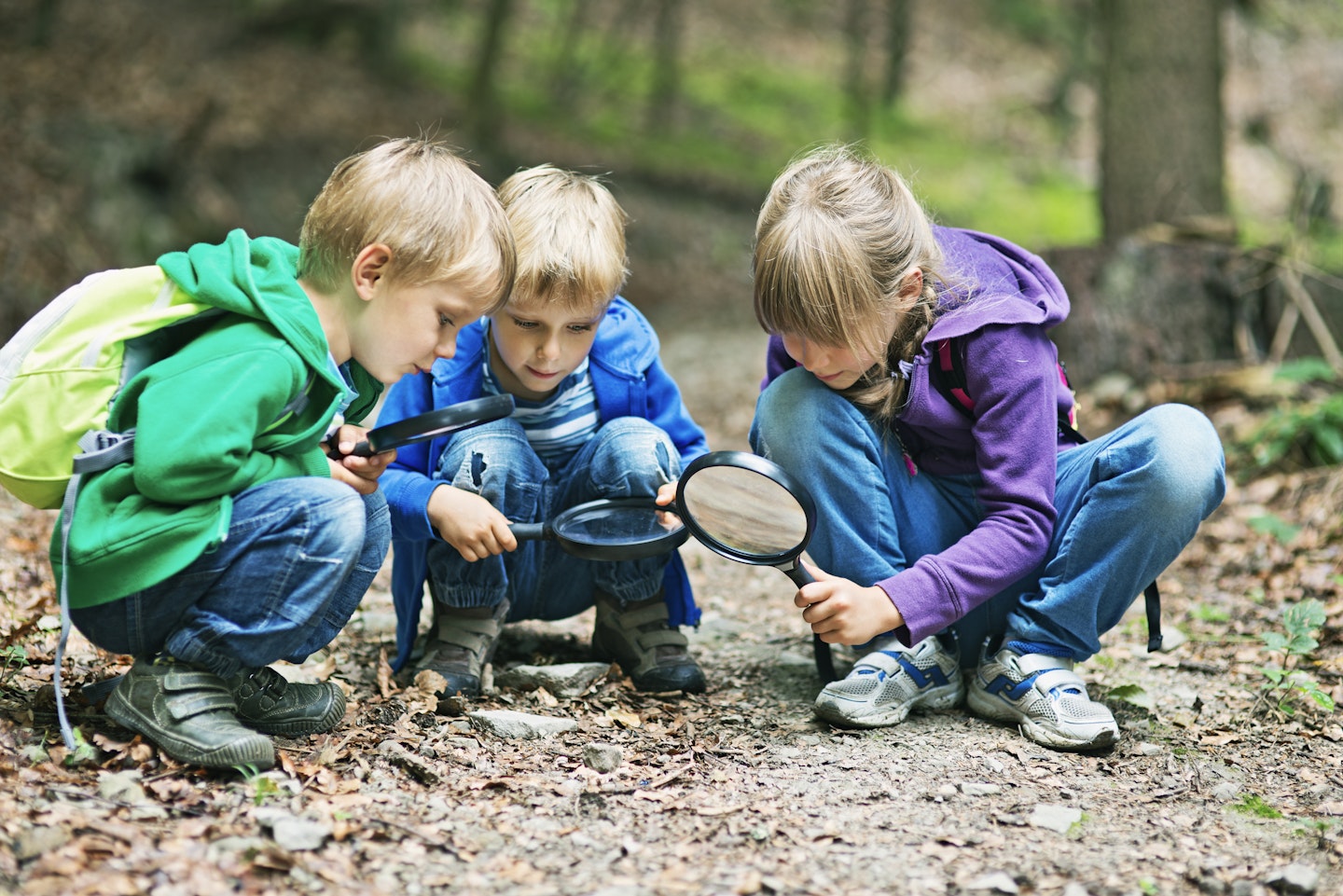
A wonderful introduction to nature is to put on your walking shoes and get out there!
Whether you’re based in the city or the countryside, the changes each season brings will be evident and can be experienced using all our senses.
Why not start with a ‘listening walk’ with your little one? As a family, listen to the sounds of the environment, noting or taking photos of the sources.
Whilst on your walk, encourage your toddler to collect flowers and leaves to take home and explore the scents and textures, introducing them to new vocabulary such as ‘petal’ and ‘stem’.
After your little one has explored the fresh flowers, why not place them between the pages of a thick book to press them and create a keepsake? Place a kitchen towel in front and behind every flower and leave them for a few days to flatten and dry out.
Once pressed, your child can use the flowers to create their own nature collage - the perfect memento of your family’s ‘Sensory Nature Walk’.
2) Sunflowers
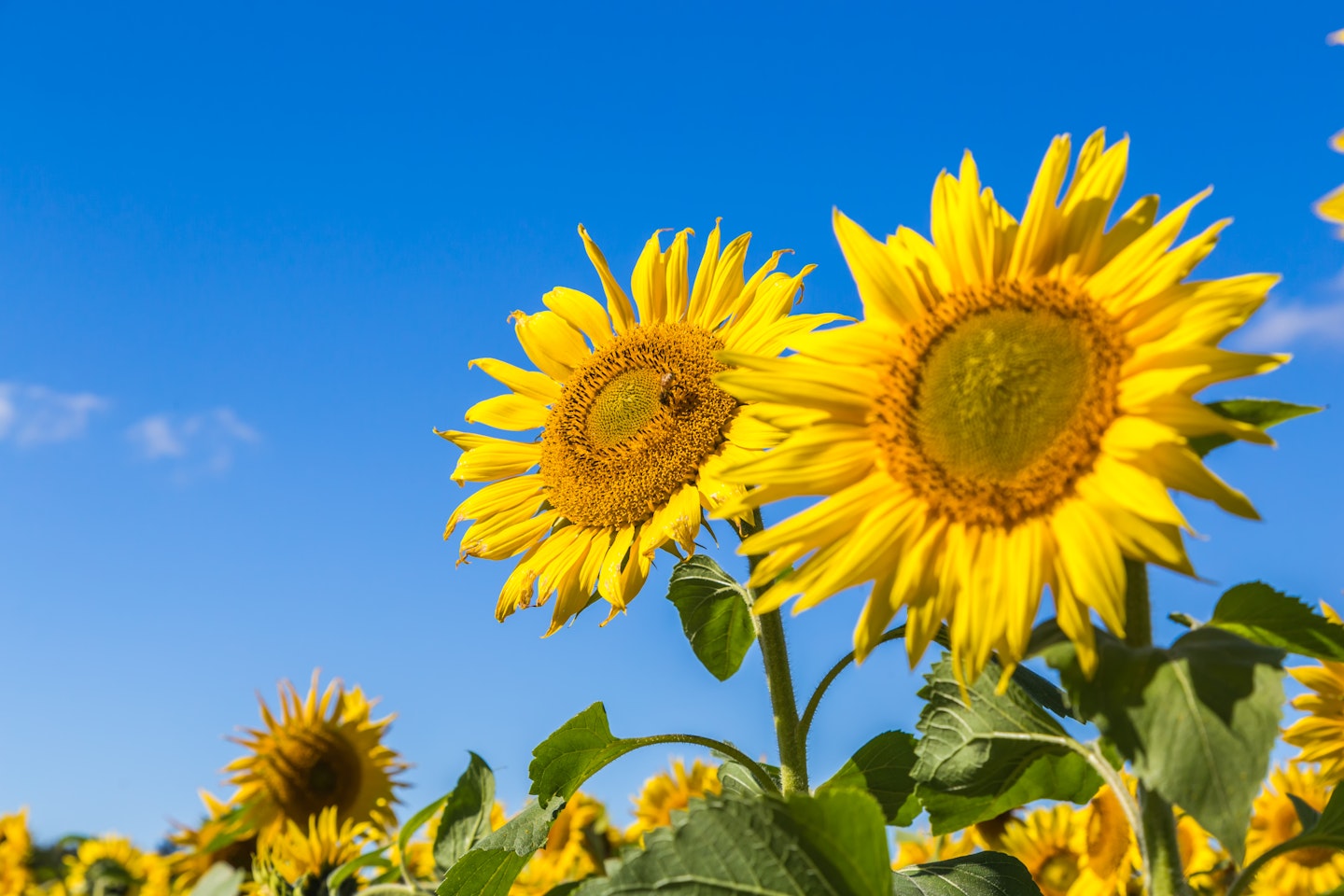
A copy of Van Gogh’s iconic painting, ‘Sunflowers’, coupled with a vase of real sunflowers, are all you need for a multi-sensory experience.
Allow your little one to explore the large flowers at their own speed, using touch and smell to experience the different textures and scent of the flower. Extend the sensory experience by providing a range of coloured non-toxic paints, along with brushes and alternative natural tools such as twigs and the flowers themselves. Help your toddler use the stems, petals, and leaves to brush the paint onto the paper for their own sunflower pictures.
By using different resources to paint with, children can practice their fine and gross motor skills, which helps to develop their hand muscles and pincer grip (holding an object between their thumb and forefinger), laying the foundations for pen use and writing skills in the future.
3) Lavender Playdough
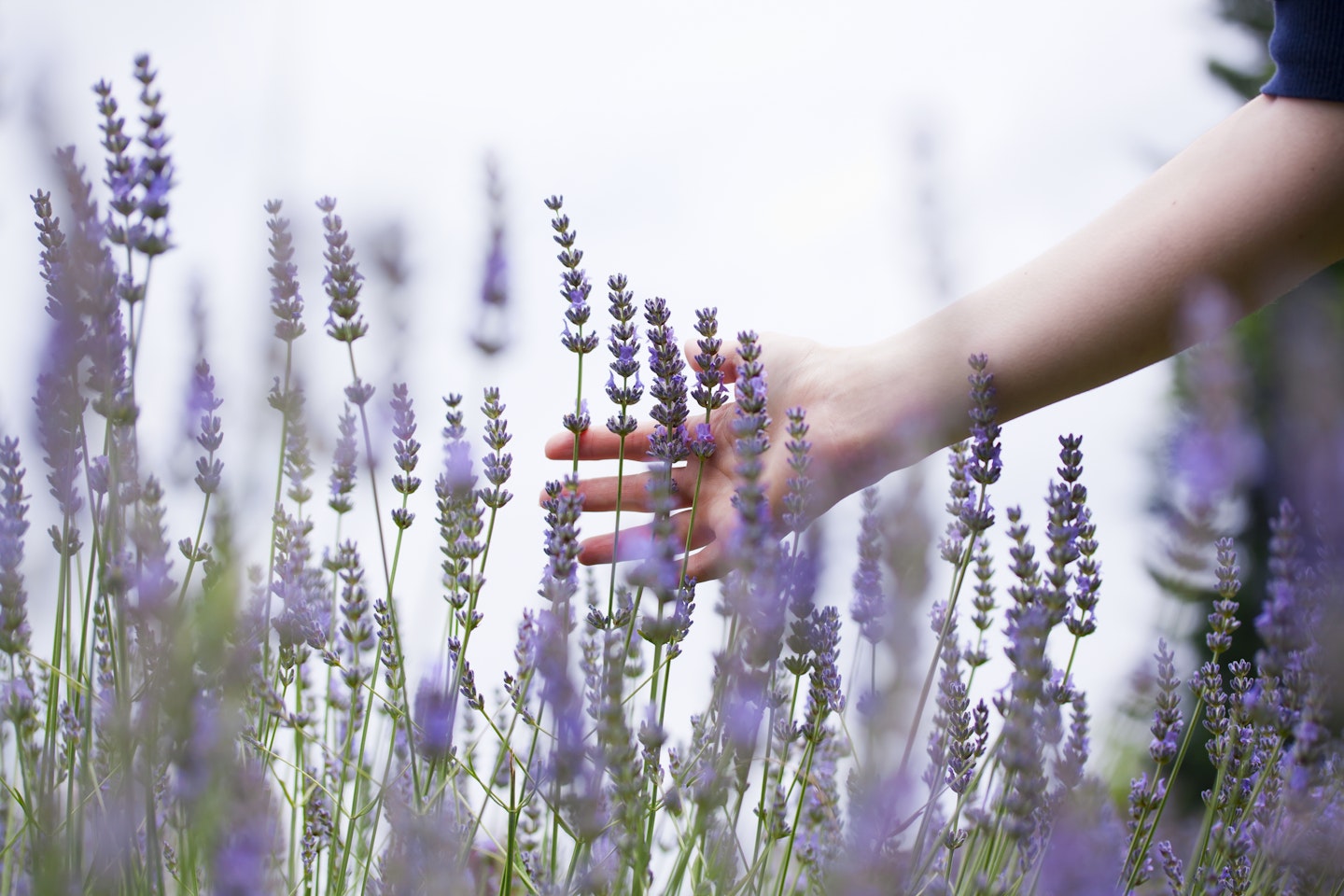
As a parent, you know the unlimited wonders of playdough! However, you can take playdough one step further by encouraging your baby or toddler to create their own, with a natural twist of course!
By adding lavender and food colouring to a salt dough mix you can spark their senses with a natural scent, as well as touch.
Ingredients:
-
8 tbsp plain flour
-
2 tbsp table salt
-
60ml warm water
-
1 tbsp vegetable oil
-
Purple food colouring
-
Dried or fresh lavender
Now, be prepared to get messy! You should share every learning opportunity with your child. From allowing them to feel the different textures of the original ingredients to encouraging independence and early mathematical skills by measuring and comparing the quantity needed to make the dough.
Then, let them get stuck in with their hands by mixing and kneading the ingredients together. You can also provide a range of natural materials to create marks and structures, such as sticks, pebbles, bark, and leaves to break the mold of normal playdough tools.
You can then take this activity a step further by making nature imprints. Take a walk through the woods and encourage your toddler to press their lavender dough against different surfaces. This will present them with the patterns caused by the different textures of nature.
4) Sensory Tubs
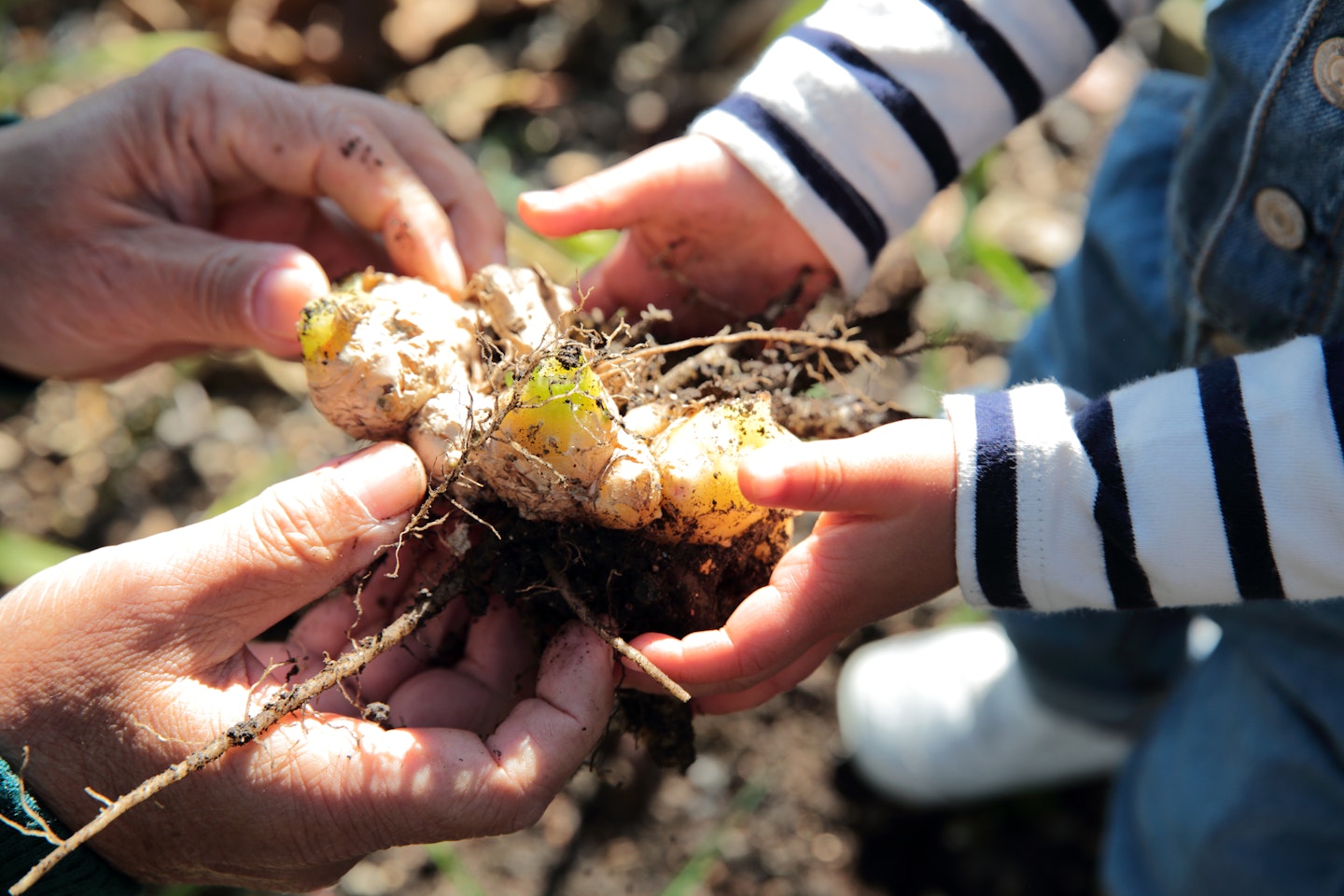
Despite spring and summer being warmer seasons, there is still no guarantee the sun will be shining, so why not bring the outside in with DIY sensory tubs? Great for every season regardless of the forecast.
The sensory opportunities for your little one is endless with these tubs, but our recommendation for a summer themed tub, for example, would be real soil (compost is ideal as it is free from bugs and any nasties the neighbour’s cat left behind), cut grass, pebbles, shells and a variety of different sized flower pots. An under-bed storage box is ideal for storing as you can place the lid back on when not in use and your little one can re-visit it again and again.
With these items, your child will be given the opportunity to make comparisons when filling, emptying, scooping and pouring. Include tools such as spades and spoons as well, as this will allow them to practice their fine motor skills.
You can also ignite their curiosity by hiding small plastic bugs for your child to dig and hunt for, these are a great resource to teach them about insects, potentially curbing any squeamishness or phobias.
5) Life Cycles

Although spring is renowned for being the season of new growth, each season brings something new, and the lifecycle is always an excellent sensory activity to explore with little ones. ‘Jasper’s Bean Stalk’ by Nick Butterworth, introduces the life cycle of plants to little ones in a fun and vibrant story.
Here are two amazing activities you can carry out with your child to allow them to witness and care for the growth of plants themselves:
Experiment One: Growing Butter Beans
You’ll need:
-
A clear and clean jar/cup
-
Cotton wool
-
Butter beans
-
Soil
-
Plant Pot
Place your beans on damp cotton wool and put inside a clear jar or cup to allow your child to watch the growth of the bean roots. Water daily and transfer to a pot of soil Once the bean roots are fully formed, put the plant on a windowsill or in the garden, making sure it has access to natural light. Your child can observe and record their beans’ growth in a ‘bean diary’ or use a digital camera to document the changes that occur.
Experiment Two: Magic Flowers
You’ll Need:
-
White chrysanthemums
-
Food colouring
-
Small container
-
Water
Place white chrysanthemums (cut stem so approx. six inches remaining) in a small container of water and add 10 drops of food colouring. Place the container in natural sunlight, then observe changes that occur with your child. You can create a selection of different coloured water pots so more than one change occurring at any one time.
The change in the flower’s colour is a great example of how the water travels up the stems to nourish petals and leaves. You can also press your flowers and add them to your nature walk collage for an extra pop of colour.
Nature presents so many opportunities to teach your little ones about the new scents, sights, and textures that come with each season. These activities are sure to keep them entertained and aid their development at the same time.
Written by Jackie Cambridge, Quality Care and Education Director at Kiddi Caru Day Nurseries
Which activity have you tried out? Let us know on Facebook orTwitter!
Make sure you're following Mother & Baby on Instagramfor relatable memes, inspiring stories and parenting hacks!
Subscribe to Mother&Baby magazine for expert tips, must-have products and invaluable advice for mums, delivered straight to your door.
Whether you’re planning your new baby essentials shopping list, giving friends and family gift ideas, or planning for your baby shower, the Amazon Baby Wish List allows you to keep track of all your shopping ideas in one place.Click here to start yours today!
